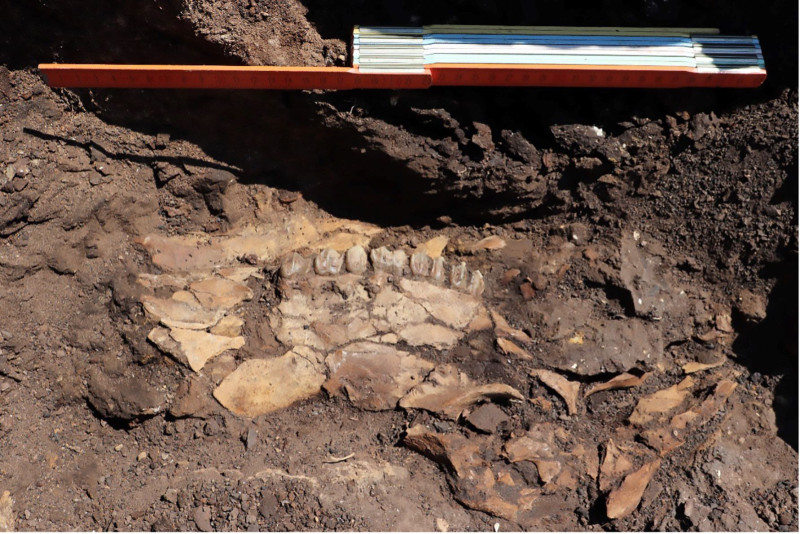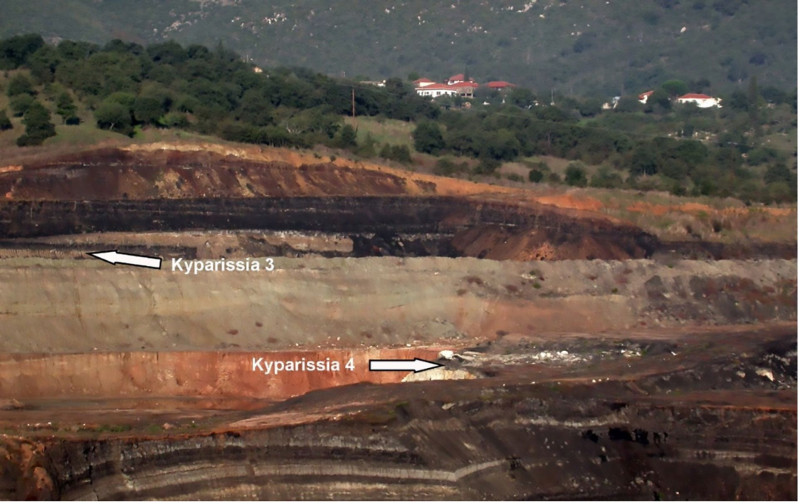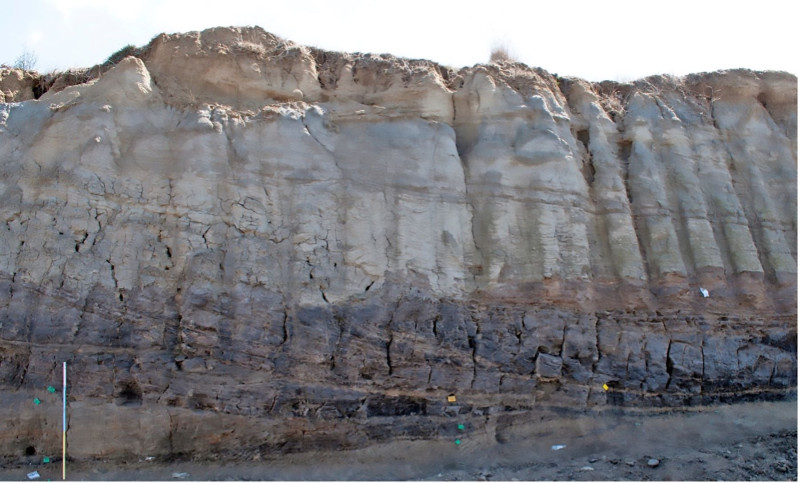Five new Paleolithic sites were identified below the ground surface
Five new ones paleolithic sites were located in the area of its lignite mine Megalopoliswhich preserve cultural and faunal remains in stratigraphic context and offer a unique opportunity to investigate human behavior over time, for an important period in the history of human evolution and in an area that has so far been little explored.
The preliminary study of the paleoenvironmental and paleoclimatic indicators show that all the sites have been found in ice age environments, and in fact they are located chronologically in almost all the ice ages of the Middle Pleistocene.
These findings indicate that the Megalopolis basin formed one of the southernmost ecological refuges in Europe during the glacial periods.
According to an announcement by the Ministry of the Interior, the oldest location identified is the Cypress trees 4which dates back to about 700 thousand years ago and is located about 70 meters below the current surface of the ground (before the start of mine operations).
The position contains stone tools of the Lower Palaeolithic, along with remains of extinct animalssuch as a giant deer (Praemegaceros), a hippopotamus, a rhinoceros, an elephant, as well as a tooth of a macaque monkey.
The stratigraphically younger, nearby site Cypress trees 3 yielded mainly elephant bones associated with stone tools
In place Marathousa 2 dating to about 450 thousand years ago, part of a hippopotamus skeleton with cut marks was found in combination with the remains of stone tools, and is a rare example of hippopotamus exploitation in Pleistocene Europe.
Position is important Tripotamos 4, which is approximately 15 meters below the current surface. The site dates to about 400 thousand years before today and is characterized by a relatively large concentration of stone tools, which present new elements in stone working techniques compared to older sites, making the site an important point in the technological developments of the late Lower Paleolithic.
Finally, the location Choremi 7 it was found in the upper part of the geological sequence, about 8 meters below the current surface and dates back to about 280 thousand years.
The stone carving of the site includes typological and technological characteristics of the Middle Paleolithic. The faunal assemblage of the site consists mainly of bone fragments, mainly deer, some of which bear traces of human processing.
Source :Skai
I am Frederick Tuttle, who works in 247 News Agency as an author and mostly cover entertainment news. I have worked in this industry for 10 years and have gained a lot of experience. I am a very hard worker and always strive to get the best out of my work. I am also very passionate about my work and always try to keep up with the latest news and trends.













